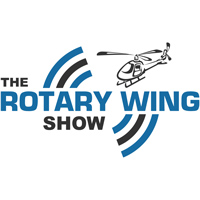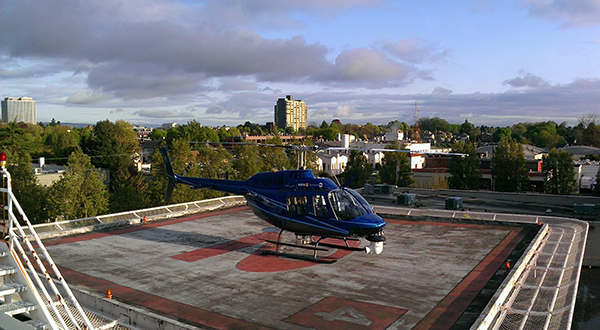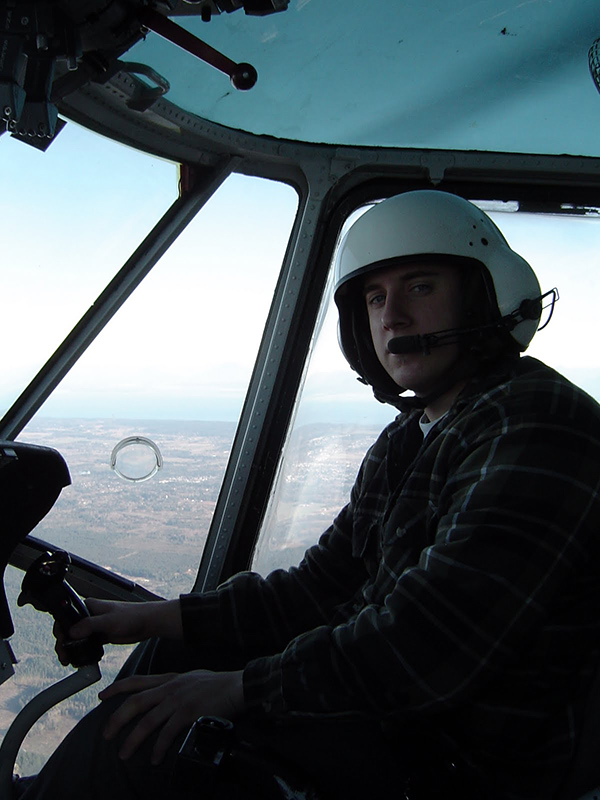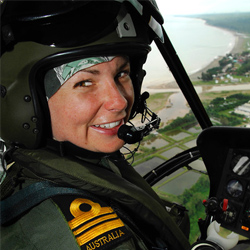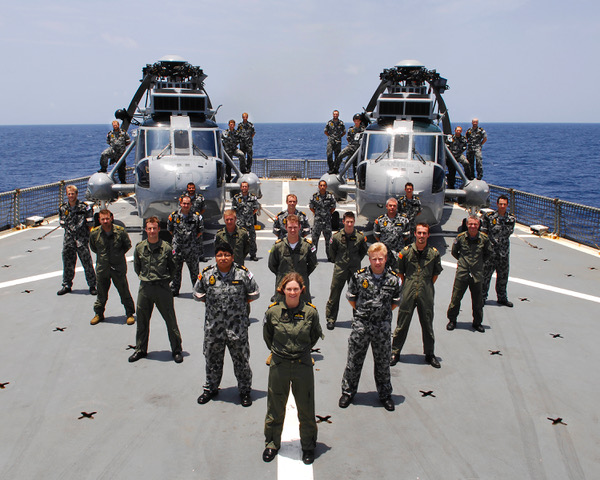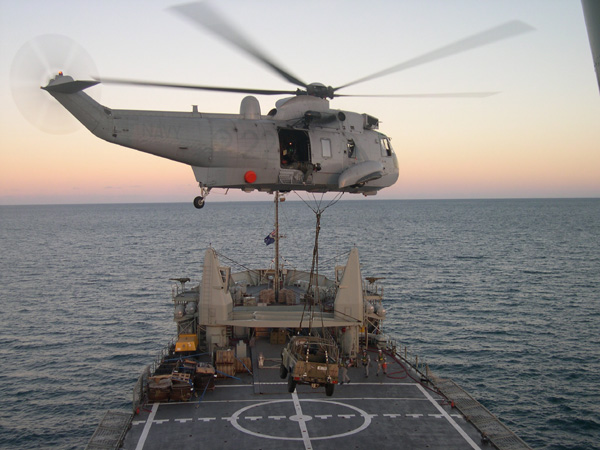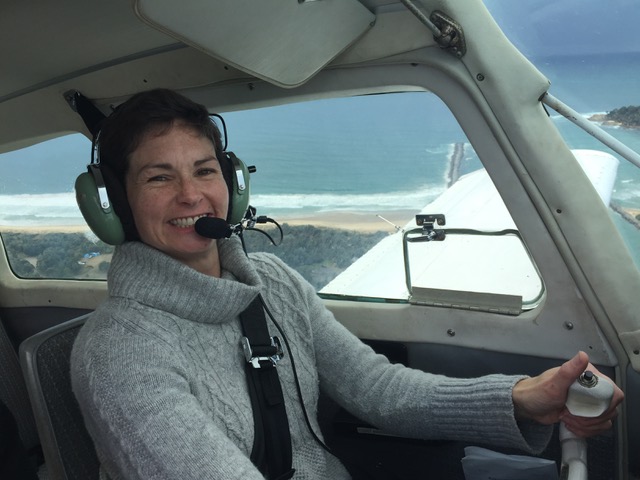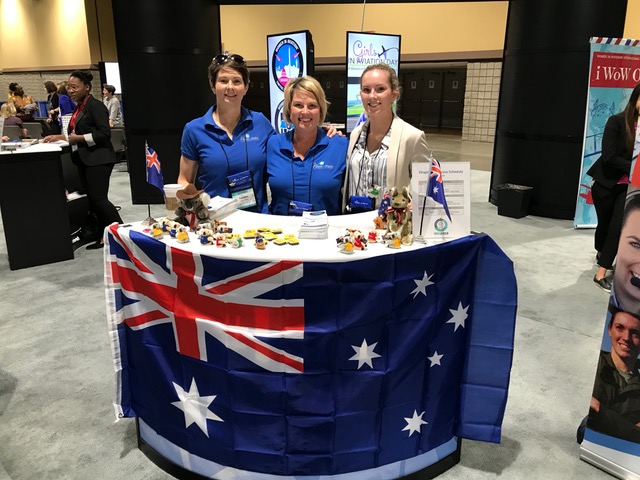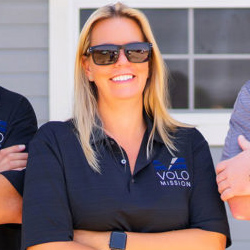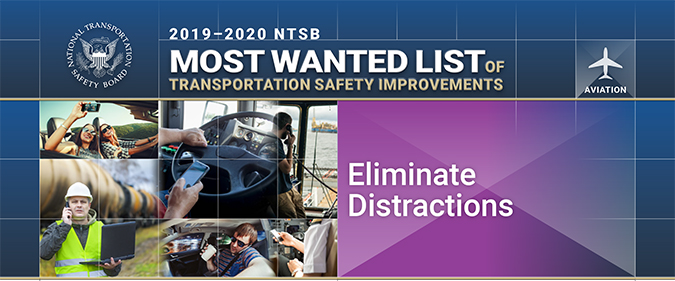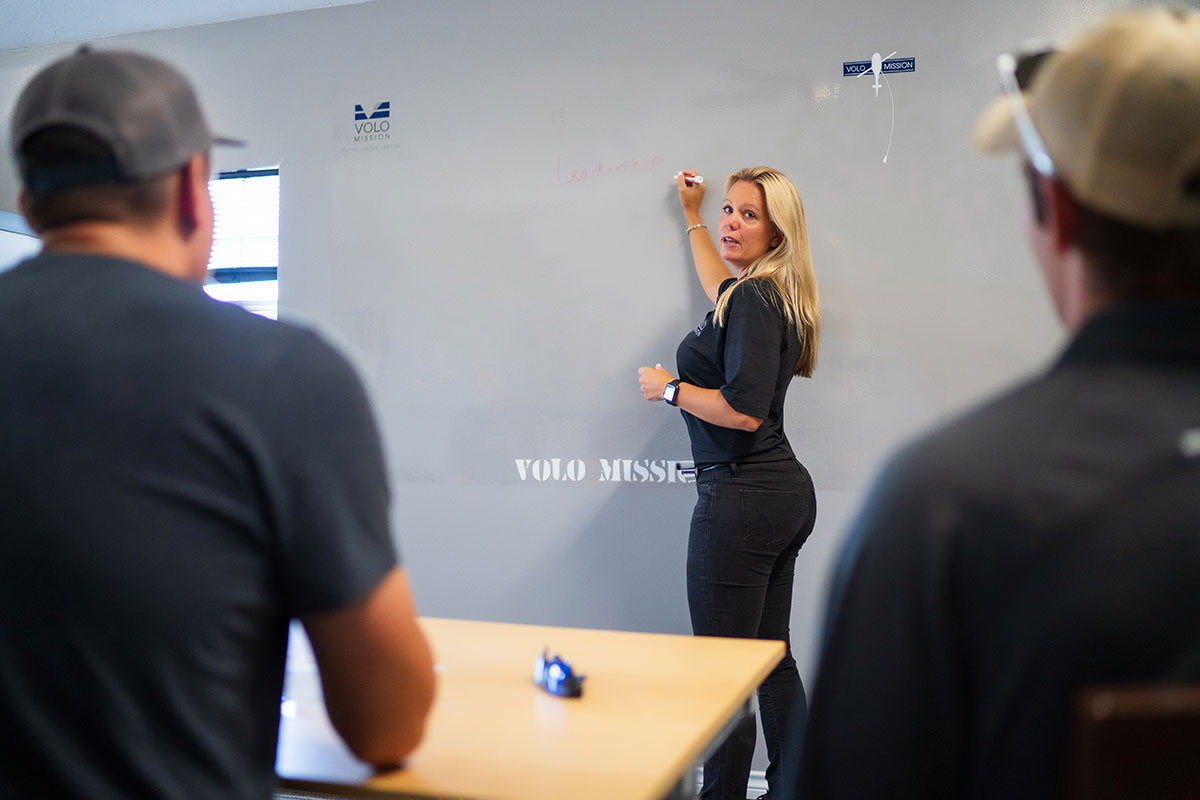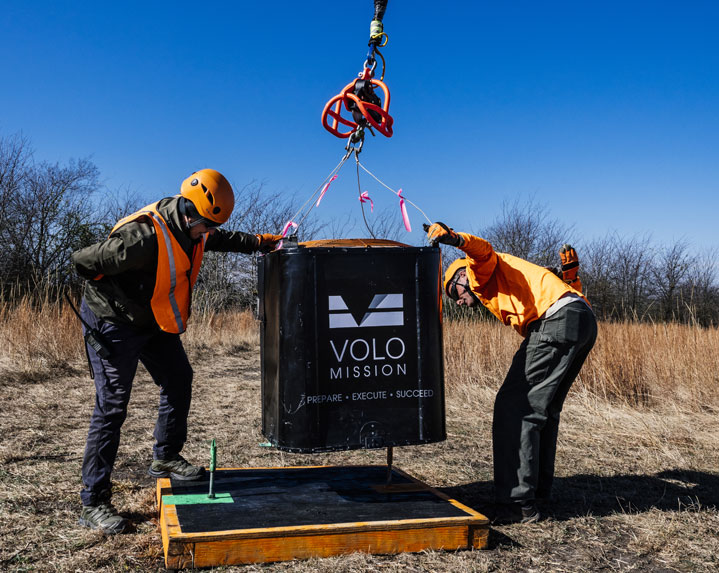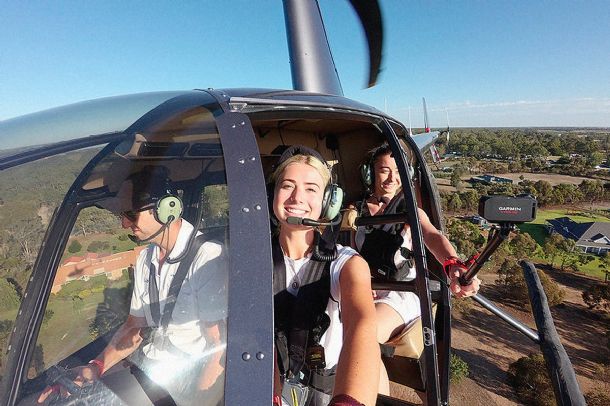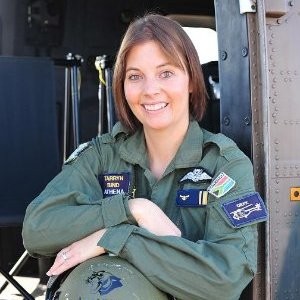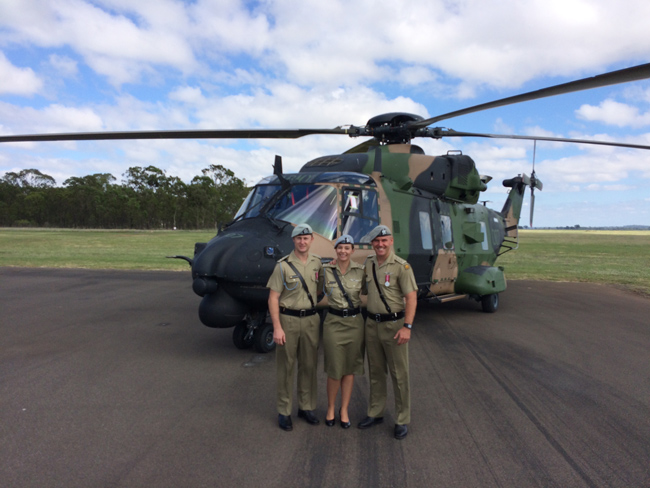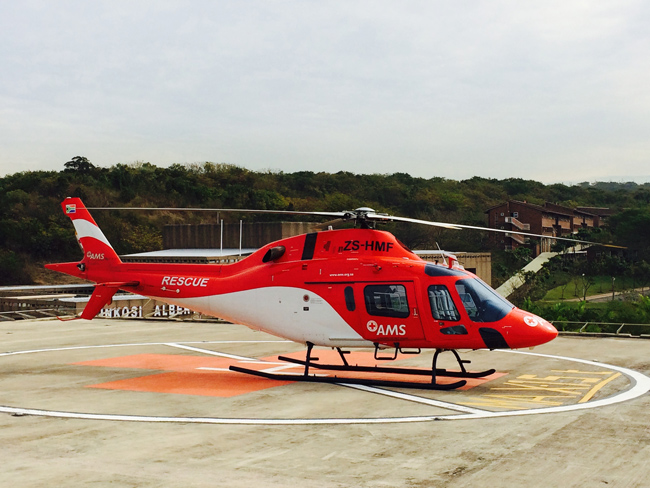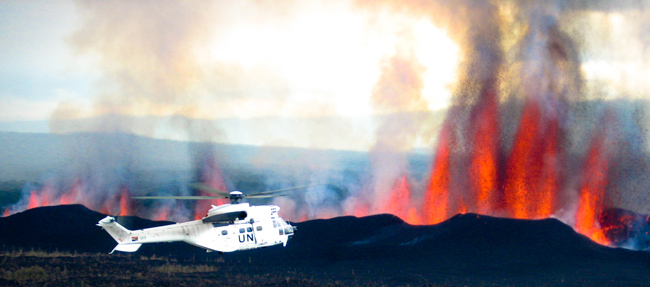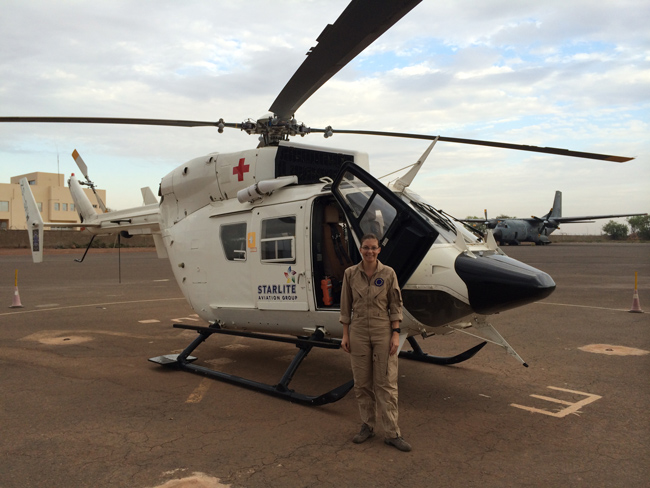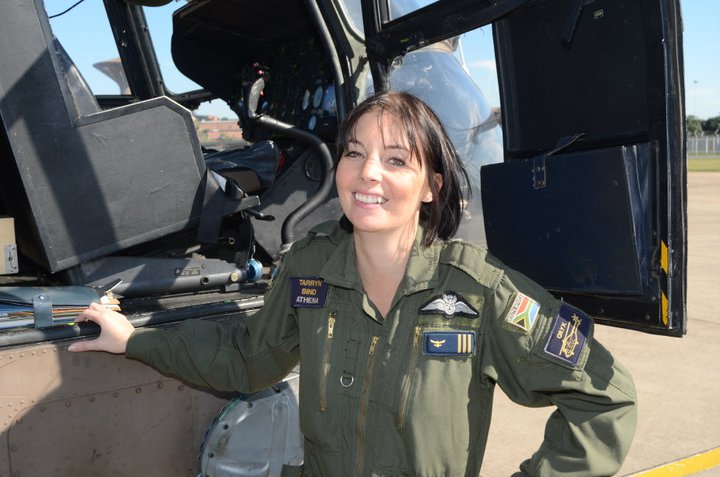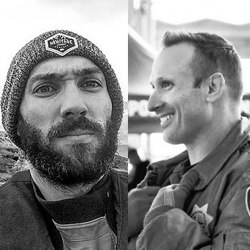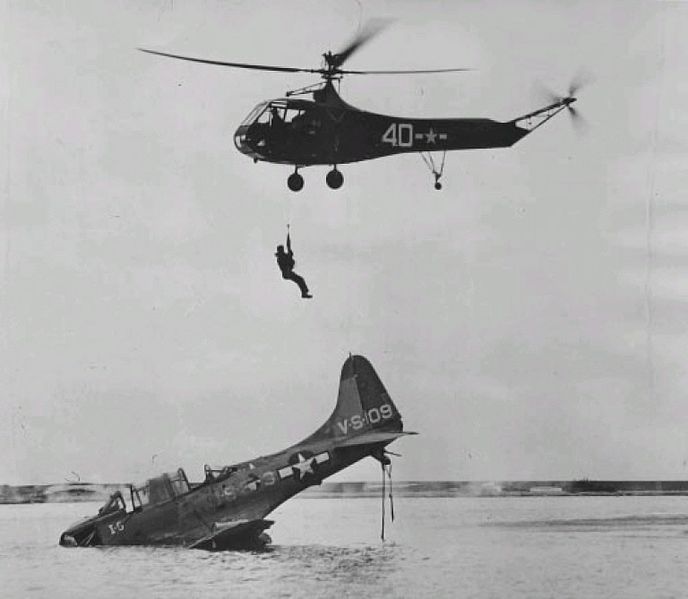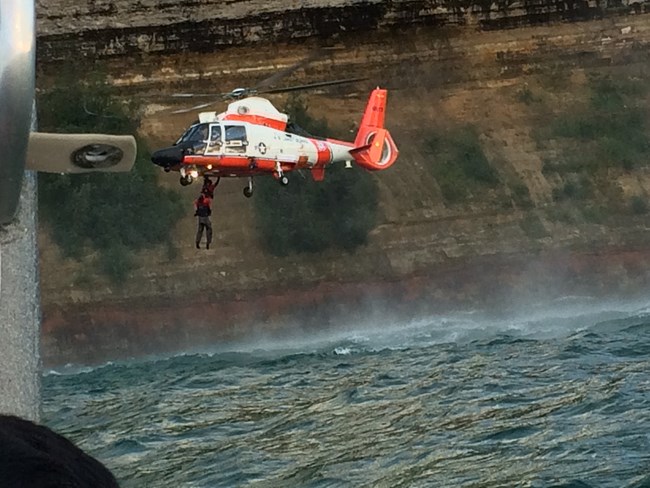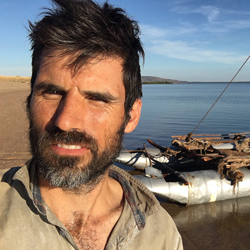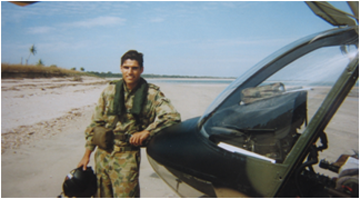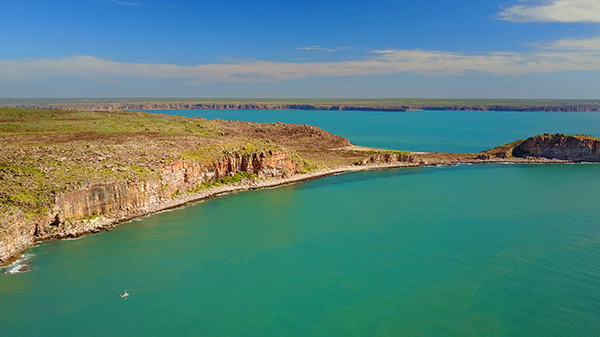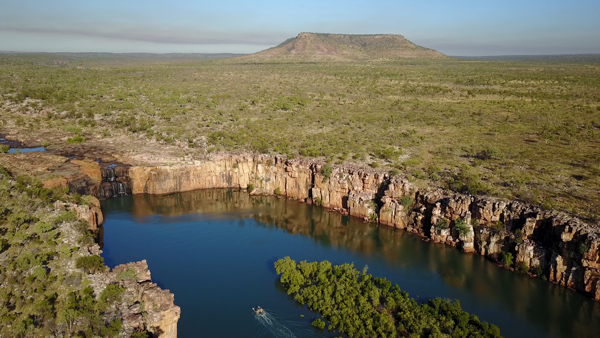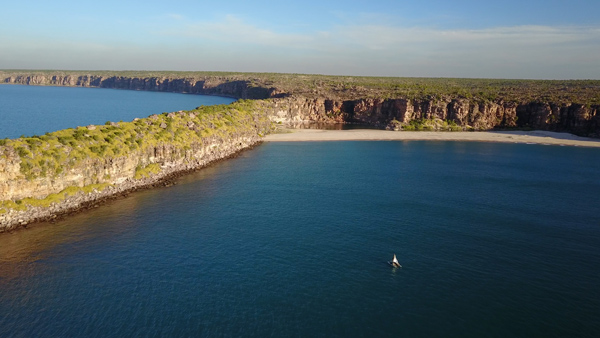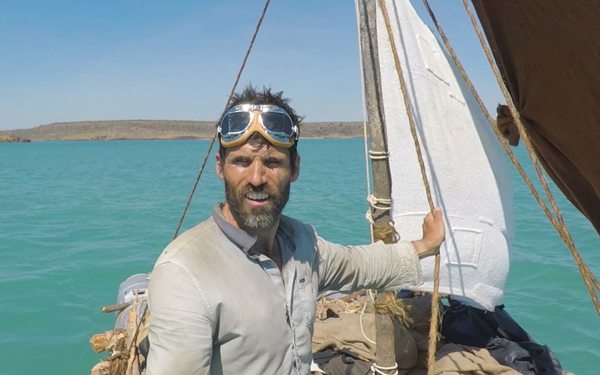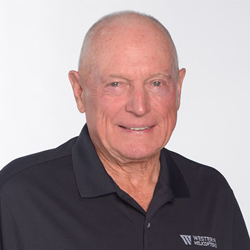Podcast: Play in new window | Download
Subscribe: Apple Podcasts | RSS
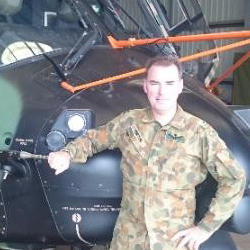
If your perfect day sounds like flying a glider in the morning, testing the HV curve in a Kiowa at lunch and then jumping in a Swedish jet interceptor in the afternoon then Tony ‘Squid’ Norton can tell you what it’s like!
Tony is currently the senior aviation instructor and and standards pilot for Australian Army Aviation. He is approaching 20 years of military instructing and 10 years as a graduate of the National Test Pilot School in the US.
This is a good chance to not only find out about test pilot training but to get an instructor’s slant on it in terms of how some of the approaches that the test flying world takes can be incorporated into everyday helicopter training.
“This engine is going to fail on me. How am I going to get out of it? Then fly that departure or that approach.”

If, strangely, you have wondered how calculus can be applied to flying then Tony can tell you that too. The test pilot course syllabus is very math and engineering heavy more so than a place where pilots go to develop their flying skills.
Tony has extensive Blackhawk experience and has been the senior instructor for Army on the MRH90 type. He spent 3 ½ years posted as a test pilot for the RAAF’s Aircraft Research and Development Unit (ARDU) and has provided test flying support since then.
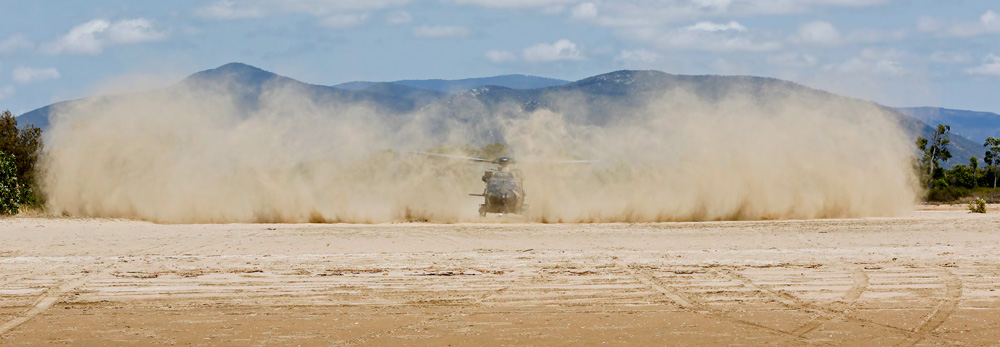
On the side Tony also lectures at Griffith University on their aviation degree program and is a professional fish farmer.
In this episode we cover:
- Early military years and deployments
- Test pilot course and why Tony specifically wanted to attend the NTPS
- Risks faced in test flying and some history
- Things that you learn on Test Pilots course that you don’t get exposed to in helicopter training
- Test pilot lessons that can be incorporated into basic training
Podcast: Subscribe in iTunes | Play in new window | Download
Links from this week’s episode:
Support the podcast on Patreon
National Test Pilots School website. This is the only civil test pilot school in the US and was the first outside of the military in the world. It is located at Mojave Airport in California.
Example of FLIR improving visibility through smoke.
Have a comment or feedback about Episode 82? Maybe you have some great tips of your own that others can benefit from. Be part of the conversation by leaving a comment below.
